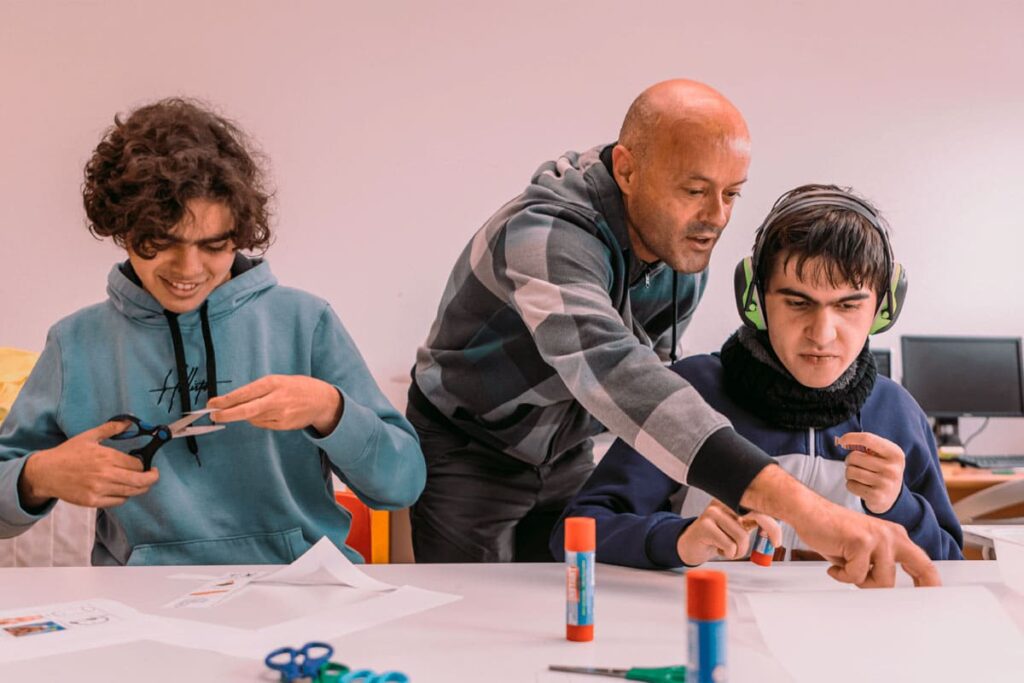CONFLICT RESOLUTION
- Module 1 – Definition of the conflict and classification of its elements | 10h.
- Module 2 – Communication and emotional management techniques | 10h.
- Module 3 – Tools applicable to conflict management | 10h.
1.- Definition of the conflict and classification of its elements:
Functional: Conflict contributes to positive change and development.
Manifesto: Conflicts that have come to the surface and are evident. Conflict is a phenomenon inherent to human relationships that implies the existence of disagreements, oppositions, tensions or struggles between two or more parties. It can arise for a variety of reasons, such as differences in interests, values, goals, perceptions, or resources. Conflict does not always have negative connotations, as it can also be a motivating force for change and development.
Classification of conflict elements:
The elements that make up a conflict can be classified into different categories, providing a more detailed understanding of its dimensions. Here is a common classification of conflict elements:
Parties or Actors:
Individuals: Conflicts between people.
Groups: Conflicts between groups of people, such as teams, communities or nations.
Causes or Factors:
Subjective: Differences in perceptions, values, beliefs or attitudes.
Objectives: Disputes over resources, territory, power or goals.
Intensity Levels:
- Latent: Existing but not manifest conflicts.
- Manifesto: Conflicts that have come to the surface and are evident.
Nature of the Conflict:
- Functional: Conflict contributes to positive change and development.
- Dysfunctional: Conflict causes problems and tensions without clear benefits.
Results or Resolutions::
- Constructive: The conflict is resolved in a way that improves relationships and the situation.
- Destructive: The resolution of the conflict worsens the relationships and the situation.
Duration:
- Episodic: Occasional conflicts.
- Chronic: Persistent and long-lasting conflicts.
Coping Styles:
- Competitive: Direct confrontation and winning at any cost.
- Collaborative: Working together to find mutually beneficial solutions.
- Avoidant: Ignore or avoid the conflict.
- Committed: Find intermediate solutions acceptable to both parties.
Resolution Means:
- Negotiation: Conversations to reach an agreement.
- Mediation: Intervention of an impartial third party.
- Arbitration: A third party makes binding decisions.
- Litigation: Resolution through legal processes.
It is important to note that these courses are applicable to people with and without disabilities. However, for people with disabilities, it may be useful to adapt some strategies according to specific needs. Additionally, participation in support and counseling programs can be valuable for personal and professional development.
2.- Communication and emotional management techniques:
Your content goes here. Edit or remove this text inline or in the module Content settings. You can also style every aspect of this content in the Design settings module and even apply custom CSS to this text in the Advanced settings module.
3.- Tools applicable to conflict management:
Your content goes here. Edit or remove this text inline or in the module Content settings. You can also style every aspect of this content in the Design settings module and even apply custom CSS to this text in the Advanced settings module.






